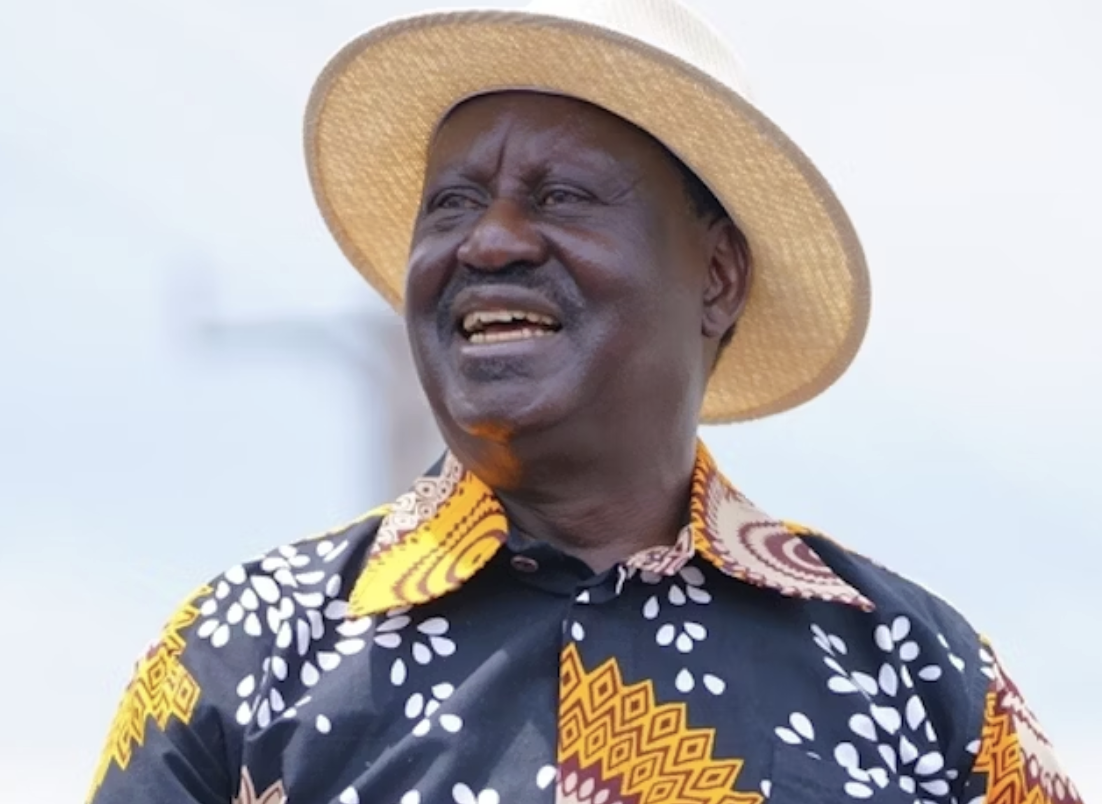Nairobi, 18 October 2025 — The death of Kenya’s veteran opposition icon, Raila Odinga, leaves a void that resonates far beyond western Kenya. Known affectionately as “Baba,” Odinga died in India on 15 October 2025 at age 80 after suffering a cardiac arrest. His passing closes a chapter in Kenyan politics characterised by his five presidential bids, his stewardship of the 2010 Constitution, and his enduring anti-one-party-rule activism.
But with Baba gone, a significant leadership question looms: Who now fills the role of the chief opposition standard-bearer? Meanwhile, the ruling government must also recalibrate its political calculus. Below is an analytical look at what is at stake, for Kenya and the region.
The Legacy and Immediate Impact
Odinga’s imprint on Kenya includes:
• Acting as a pivotal figure in the return to multi-party politics in the early 1990s, advocating pluralism and reform.
• Leading his party, Orange Democratic Movement (ODM), and the broader coalition of the opposition for decades, dominating much of the narrative of Kenya’s polarised elections.
• Playing a critical role in the 2008 coalition government (as Prime Minister) and the 2010 Constitution promulgation.
The immediate aftermath has been a mix of national mourning, security and crowd-control challenges (including stampedes and injuries at mourning events). The scenes — especially in Odinga’s stronghold of Nyanza and western Kenya — underscored his deep communal bond and the scale of his personal following.
A Leadership Vacuum in the Opposition
Now that Odinga is gone, Kenya’s opposition faces a leadership vacuum of unusual magnitude. Political analysts suggest:
• No obvious successor currently matches Odinga’s cross-regional recognition, mobilisation ability or symbolic status.
• His alliances — such as the 2024–25 pact with President William Ruto — have blurred the boundaries between opposition and government, leaving fewer clear fault-lines for opposition mobilisation.
• The internal dynamic of ODM and its coalition partners (including the larger Azimio la Umoja One Kenya Coalition) will now be tested: who emerges as the next “face” of the opposition? Will the movement fracture or cohere?
The Role of Vice-President Rigathi Gachagua and the Ruling Party
With Odinga’s departure, the political focus shifts. Gachagua, as former Vice-President under Ruto’s government and a key figure in the ruling UDA-led coalition, emerges as a de facto face of the counter-opposition in some eyes, albeit from the government side. That creates a new dynamic:
• The government may feel emboldened to push deeper policy reforms or political manoeuvres, sensing the opposition is weaker.
• From the opposition’s perspective, Gachagua may now represent the establishment’s counter-force; the question is whether he will become the primary target for resistance politics, replacing Odinga in that sense.
However, this shift also creates an opening: with the veteran opposition leader gone, younger or less-known figures may vie for the mantle — meaning Gachagua may not automatically dominate the narrative.
Who Could Step Into the Shoes? Opposition Figures to Watch
Several potential challengers and successors are emerging:
• Moses Wetang’ula (Ford-Kenya) — veteran politician, former Speaker + Cabinet minister; respected but seen as part of the old guard.
• Martha Karua — former Justice Minister and 2022 presidential candidate; considered reform-oriented and principled, appeal among younger voters but perhaps lacks massive grassroots mobilisation.
• Cleophas Malala — younger generation, rising star in Kakamega County and Western Kenya; could bridge regional base and generational shift.
• Kalonzo Musyoka — long-time Odinga ally and former Vice-President; may play a king-maker role rather than take full leadership.
None of these, however, currently match Odinga’s sheer symbolic weight (“Baba”) or his decades-old national platform. The opposition will therefore face a transitional phase — with possibilities of internal competition, factional disputes and perhaps a reshaping of ideological identity (moving from Odinga-centric to collective leadership).
Implications for Kenya’s 2027 Election and Beyond
• The 2027 general election now takes on a different shape: the absence of Odinga means the opposition may lack a central rallying figure, potentially benefitting the ruling coalition.
• However, the symbolic vacuum also offers an opportunity for the ruling party to over-reach; if the opposition can cohere behind a credible leader, anti-establishment sentiment may crystallise around fresh faces and anti-corruption narratives.
• Regional repercussions: Odinga’s pan-African profile meant his death reverberates in East Africa and among African democrats; his absence may reduce Kenya’s opposition voice in regional democracy-discourse. Nevertheless, the government’s stability remains intact — at least for now.
• The ruling coalition may now feel freer to consolidate its agenda, but must also manage Western Kenya (Odinga’s base), where feelings of disenfranchisement may spur unrest or shift regional alliances.
The passing of Raila Odinga marks the end of an era in Kenyan politics. While his legacy as a fighter for democracy and a national icon is undisputed, the question now is not just who will follow him, but how the opposition will reinvent itself without his banner. For President Ruto and his team, the political landscape may look less challenging — but the coming years will test whether this vacuum is a long-term advantage or a short-term respite before a new opposition coalition emerges.
As Kenya moves toward 2027, the opposition’s ability to regenerate, the ruling party’s capacity to deliver, and the nation’s patience with politics will all converge. The era of “Baba” has ended — the next chapter begins now.
Baba” Departs — What the Passing of Raila Odinga Means for Kenya and the Region

